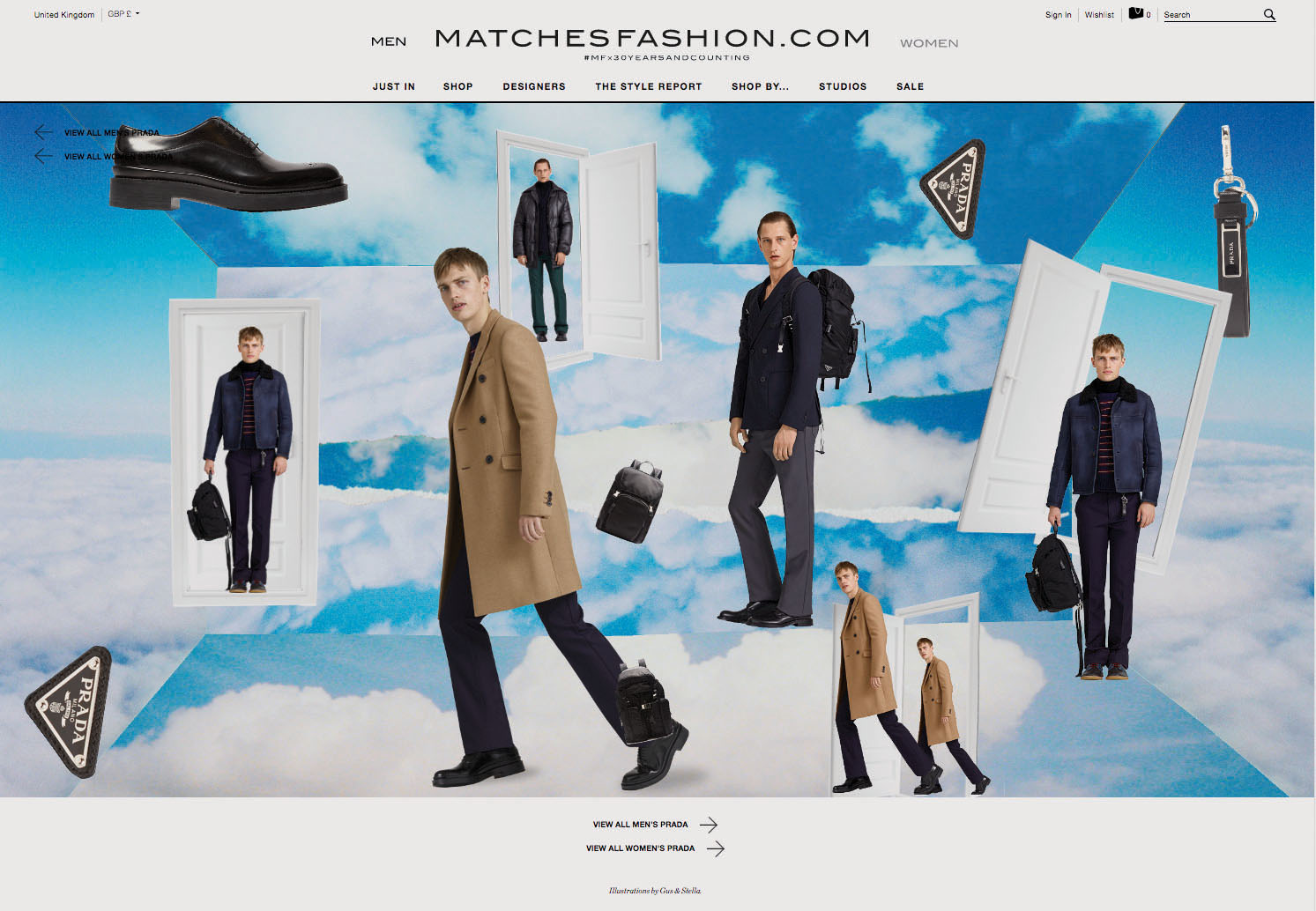
image: Matches
Ruth Chapman did not set out to launch one of the premier fashion retailers in the world. She simply found herself at home in Wimbledon with her recuperating husband Tom, who had been sidelined in a tragic car accident. The two, both with fashion industry backgrounds, had some time on their hands to ponder their next move. And Matches “was born,” Chapman, 56, told the Telegraph, from evenings that the two “spent thinking about what happens next and what we should do moving forward.”
It was 1987 when the Chapmans first opened their now $1 billion-plus business. Located in Wimbledon, the London suburb that is known much more thoroughly for its annual tennis tournament (the oldest and most prestigious in the world) than for its sartorial offerings, the “tiny” brick-and-mortar outpost swiftly became hailed for its offerings.
Despite the small space, roughly 500 square feet – which the husband-wife duo “rented for peanuts,” painted themselves, and furnished with a couch donated by Mr. Chapman’s parents – and modest foot traffic (“You could have only five people come in the store all day,” says Mrs. Chapman), Matches was the home of fashion novelties. It was, after all, the first multi-label retailer to introduce a number of brands, such as Versace, Prada and Bottega Veneta, to the market in the United Kingdom back in the late 1980’s.
An online presence – for which Matches, since rebranded as Matches Fashion, is now primarily known (the company generates 95 percent of its revenue online) – was not an immediate focus for the Chapmans. It was one they began considering, not as “a big strategic move, [but] just something we felt we should do,” after their “very international customer base” began expressing interest in shopping from the retailer even when they were in Wimbledon.
Customers from “Australia, Germany, Hong Kong, Canada, and the U.S.,” were saying, “We should be able to shop with you all the time,” per Mrs. Chapman, and so, in 2007, 20 years after opening their first physical store, Matches ventured into e-commerce. “We literally uploaded our entire inventory on the internet, and it was as simple as that.”
The impact was not quite as laissez faire as the Chapmans’ attitude towards e-commerce. As Mrs. Chapman told the Telegraph, “Within days, we had sold out of everything.” And it was then that things became “really difficult, because funding an inventory like that when you’re growing so fast is something banks didn’t want to happen.”
With the help of venture capital firms SEC and Highland Capital Europe, which injected £32 million ($45.6 million) into the business in 2012, Matches turned their small e-commerce business into one that currently stocks over 450 brands, ships to 176 countries around the world, and boasts over 50 million visitors to the site each year.
Those visitors are not just browsing, either. The Matches Fashion customer – who as the FT’s Jo Ellison wrote last year, “might be a teenager in Korea, buying a sneaker from an exclusive collection produced with Vetements, or it might be a 40-year-old woman in Wimbledon searching for a statement coat” – is spending an average of more than £400 ($570) per transaction, with an astonishing 35 percent of all sales coming from just 3 percent of that customer base.
How exactly does Matches – which is under the watch of CEO Ulric Jerome, who joined in 2013, when the Chapmans “stepped back” to become co-chairs (and have since sold a £400m stake in the business to private equity investors led by Apax Partners and hold on to an estimated £130m stake) – set itself apart in the increasingly crowded e-commerce arena?
“The customer trusts us to have done the work, which is why it’s so important that we’ve gotten price right, and the quality has to be there, and the design integrity has to be there.”













